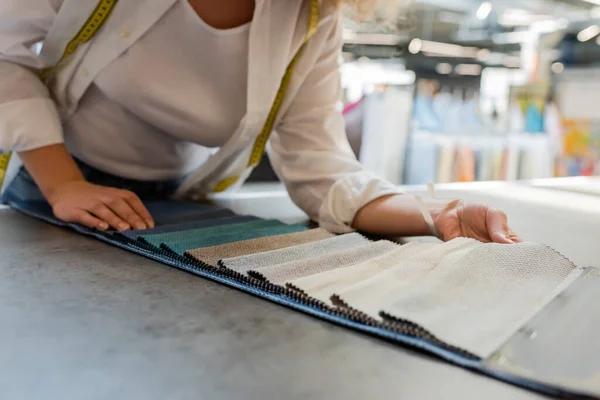Textiles have an immense influence on regional fashion styles across the globe. They are not only a reflection of a region’s cultural identity but also play a key role in shaping its fashion trends. The nature, texture, and design of textiles vary from one region to another due to differences in climate, available resources, psorimilknd.com and cultural practices.
The relationship between textile and regional fashion can be traced back to ancient civilizations when people started weaving fibers into fabrics. The type of fiber used was largely influenced by the local environment. For instance, regions with colder climates predominantly used wool while those with warmer climates leaned towards lighter materials like cotton or linen.
In many cultures ptvsportslivehd.com around the world, textiles carry significant meanings and symbolisms that are deeply embedded within their societal norms and traditions. These symbolic elements often find their way into regional clothing styles making them unique representations of their respective cultures. For example, in West Africa, Kente cloth is more than just fabric; it’s an emblem of cultural pride with each color bearing a specific meaning.
Similarly, Indian sarees exhibit scriptguion.com intricate patterns that reflect various aspects of the Indian culture such as spirituality and philosophy. The Japanese kimono is another classic example where different colors represent age groups or social status.
Moreover, traditional luminousscanss.com techniques for creating textiles have also shaped regional fashion styles over time. Batik from Indonesia or Shibori from Japan are examples where resist-dyeing techniques create distinctive patterns that are incorporated into clothing designs.
However, it’s not only traditional methods that impact regional fashions; modern technology has also played its part by making new types of textiles available worldwide which has led to blending styles across borders.
In recent years there has been an increased emphasis on sustainable fashion leading to exploration and adoption hawkhatgames.com of eco-friendly fabrics such as organic cotton and bamboo silk among others in different regions around the world which again influences local style trends.
Furthermore, global trade has allowed for cross-cultural exchange of textile goods resulting in fusion trends where elements from different cultures are blended to create new styles. This has led to a more diverse and inclusive global fashion scene where regional textiles play an integral role.
In conclusion, the influence of textile on regional fashion styles is multifaceted and profound. It reflects not only the geographical and environmental aspects but also the cultural, greenplanetlaundry.com historical, and social nuances of a region. As we move outreachmycbd.com towards an increasingly interconnected world, it’s fascinating to see how textiles continue to shape and evolve our fashion landscape while preserving their sportopera.com unique regional identities.




